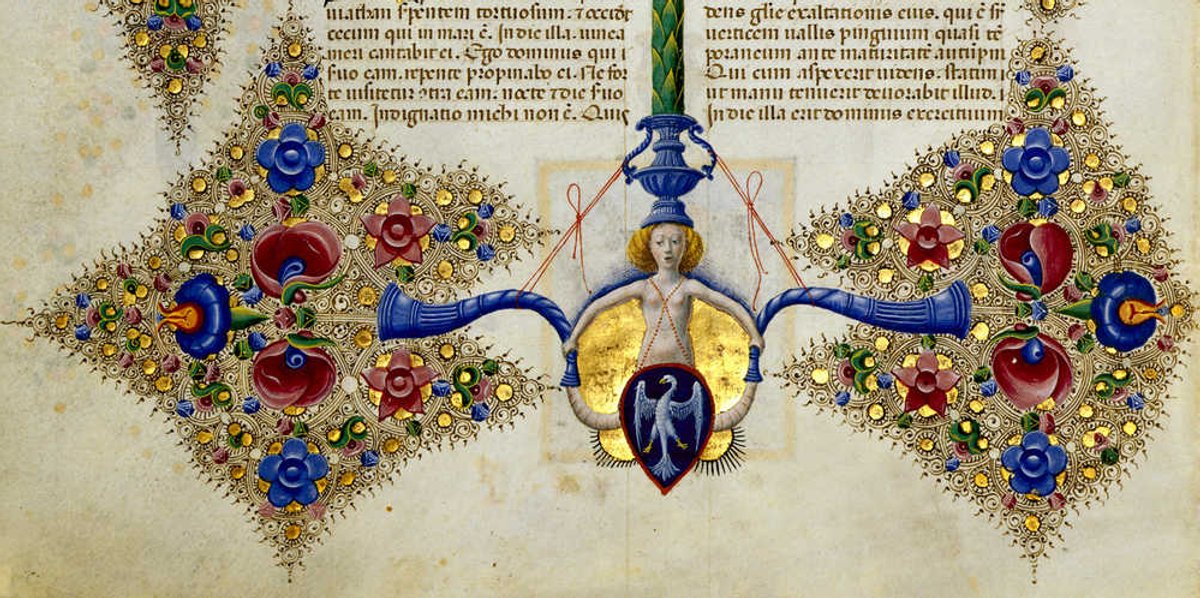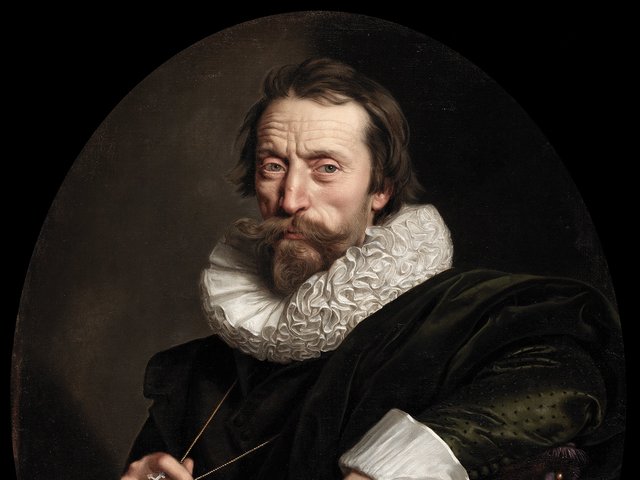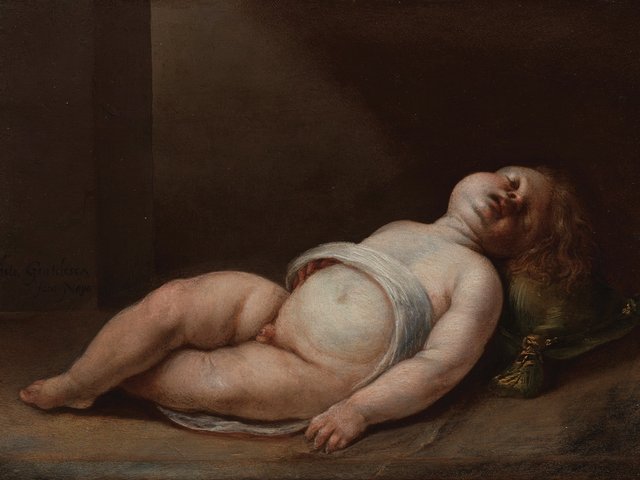A bible considered a masterpiece of Italian Renaissance art and described as the “Mona Lisa of illuminated manuscripts” has gone on show in Rome.
The Borso d'Este Bible, which is adorned with miniature paintings in gold, can be seen in the Italian Senate as part of the Vatican’s Holy Year celebrations until 16 January 2026. The work represents one of the finest expressions of the art of miniature painting, bringing together ornamental refinement, artistic expertise, and religious inspiration, say the organisers of the Jubilee artistic programme.
Alessandra Necci, the director of Gallerie Estensi in Modena, northern Italy, where the Bible is usually kept in a safe, describes it as the “Mona Lisa of illuminated manuscripts”.
The Bible, which was transported from Modena under heavy security, is on display in a humidity-controlled case to help conserve the fragile parchment pages. Visitors can “read” parts of the manuscript digitally via touch screen displays showing high-resolution images.
Commissioned by Borso d'Este (1413-71), the first duke of Ferrara, the Bible consists of two folio volumes (1455-61) featuring more than 1,000 individual illuminations. According to the website of the Library of Congress in Washington DC, which owns a facsimile copy of the work, the illuminations are by a team of artists led by Taddeo Crivelli and Franco dei Russi, which also included Girolamo da Cremona, Marco dell'Avogadro, and Giorgio d'Alemagna.
According to the library's website: “The text [in Latin and Italian] was written in a fine Renaissance hand by the Bolognese scribe Pietro Paolo Marone. In 1598, following the transfer of Ferrara to papal control, the Estense family abandoned Ferrara for its new seat of ducal power in Modena, taking with them their paintings, sculptures, and books.
“The Bible remained in Modena until 1859, when the city became part of the new Kingdom of Italy.” Another facsimile of the bible sold at auction in Italy in 2022 for €2,800.
Writing on her Substack, Kathleen McCook, a lecturer in the school of information at the University of Florida, says: “The margins are richly decorated with miniature scenes, particularly in the lower portions, where perspectival compositions reflect the influence of contemporary developments in Renaissance painting”.
The Bible was owned by the Habsburg dynasty until 1922. After World War One the widow of Archduke Charles I, Zita of Bourbon-Parma, sold it to a Parisian dealer. The arts patron Giovanni Treccani donated the Bible to the Italian state in 1923 after purchasing it for 3.3 million French francs.





